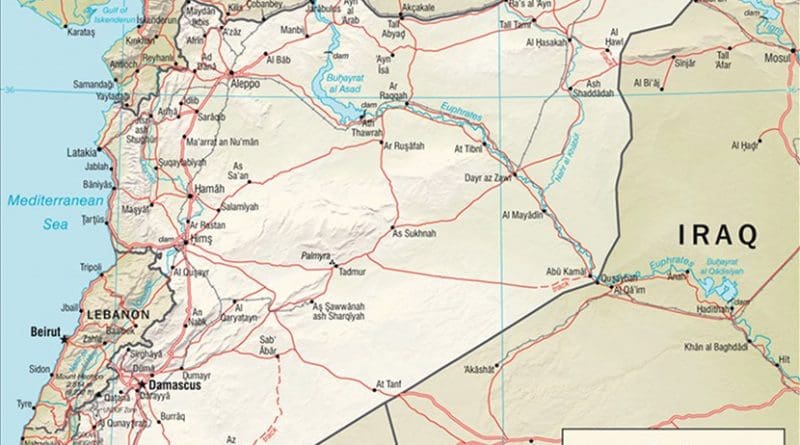The Syrian People’s Slow-Motion Revolution
The outcome of the Syrian uprising remains unclear, but what is clear is that a wide array of social groups, many once its supporting pillars, have turned against the regime.
Popular Protest in North Africa and the Middle East (VI): The Syrian People’s Slow-motion Revolution , the first of a two-part report from the International Crisis Group, focuses on the inception and makeup of the protest movement. The regime’s major error in dealing with the protests was to misdiagnose them, acting as if each disturbance was an isolated case requiring a pin-point reaction rather than part of a national crisis that would only deepen short of radical change. Its excessive use of force broadened the protest movement’s reach, as many citizens outraged by the regime’s conduct joined in.
“The regime faces a daunting legacy. The crisis erupted as a result of systemic bad governance, which over the years seriously undermined its social base of support”, says Peter Harling, Crisis Group’s Iraq, Syria and Lebanon Project Director. “But its more recent, gross mismanagement of popular discontent has made things worse still, pushing many Syrians from socio-economic to political grievances, from demanding behaviour-change to insisting on regime-change”.
Over the past decade, conditions significantly worsened virtually across the board, with rare bubbles of increasingly ostentatious wealth remaining in central Damascus or Aleppo. Salaries largely stagnated even as the cost of living sharply increased. Living conditions deteriorated for the working-class in the capital’s outskirts, workers in rural areas and the state-employed urban middleclass.
Even social groups long considered loyal to the regime – some minority groups as well as the business class – were alienated by the ruling elite’s growing arrogance and greed and by the empty promises of political change. Entrenched elite interests, weak political institutions and the correspondingly disproportionate role of security forces substantially narrowed the room for meaningful reform, tying the hands of even the most forward-looking within the leadership.
Much of this has been true for a while, but the regional context made all the difference. Well ahead of the mid-March 2011 commencement of serious disturbances, the impact of regional turmoil could be felt in the behaviour of ordinary Syrians. What the regime used to do and get away with came under intense and critical public scrutiny.
Of its supporters, the regime appears to be counting most on the predominantly Allawite security forces. But here too appearance can be deceiving. Many among them have for some time been dissatisfied and eager for change; most are underpaid, overworked and repelled by high-level corruption. So far, they have closed ranks behind the regime, though it has been less out of loyalty than a result of the sectarian prism through which they view the protest movement and of an ensuing communal defence mechanism. Yet, the sectarian survival instinct upon which the regime relies could backfire. Most will find it hard to keep this up. After enough of this mindless violence, this same instinct could push them to abandon the regime.
“Step by step, the regime has been cutting itself off from its key pillars of support – its social base, the nation’s silent majority, and, now, its own security forces”, says Robert Malley, Crisis Group’s Middle East and North Africa Program Director. “Through its actions, it is turning a once manageable crisis into something infinitely more dangerous for itself and for society at large”.

